أهلا وسهلا بك إلى منتديات منابر ثقافية.
أهلا وسهلا بك زائرنا الكريم، إذا كانت هذه زيارتك الأولى للمنتدى، فيرجى التكرم بزيارة صفحة التعليمـــات، بالضغط هنا.
كما يشرفنا أن تقوم بالتسجيل بالضغط هنا إذا رغبت بالمشاركة في المنتدى، أما إذا رغبت بقراءة المواضيع والإطلاع فتفضل بزيارة القسم الذي ترغب أدناه.
 « آخـــر الـــمـــشـــاركــــات » « آخـــر الـــمـــشـــاركــــات » |
|
|


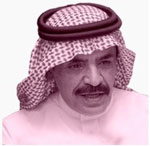


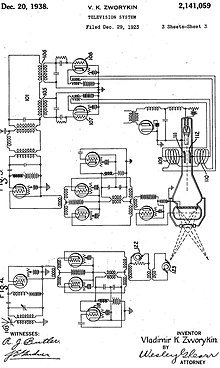

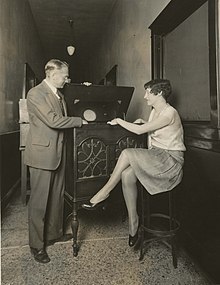
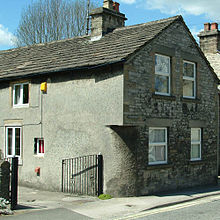



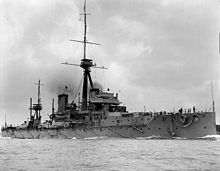

 Running away was illegal. In early America, people all had to have a place in society and runaways did not fit in anywhere. Regardless Ben took a boat to New York where he hoped to find work as a printer. He didn't, and walked across New Jersey, finally arriving in Philadelphia via a boat ride. After debarking, he used the last of his money to buy some rolls. He was wet, disheveled, and messy when his future wife, Deborah Read, saw him on that day, October, 6, 1723. She thought him odd-looking, never dreaming that seven years later they would be married.
Running away was illegal. In early America, people all had to have a place in society and runaways did not fit in anywhere. Regardless Ben took a boat to New York where he hoped to find work as a printer. He didn't, and walked across New Jersey, finally arriving in Philadelphia via a boat ride. After debarking, he used the last of his money to buy some rolls. He was wet, disheveled, and messy when his future wife, Deborah Read, saw him on that day, October, 6, 1723. She thought him odd-looking, never dreaming that seven years later they would be married.



